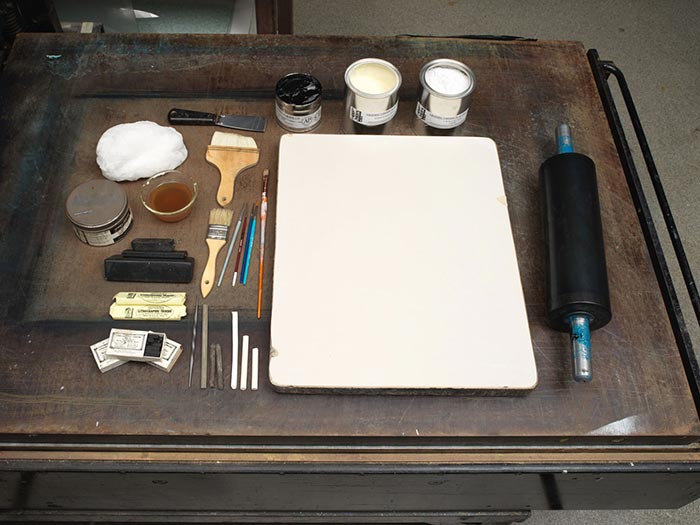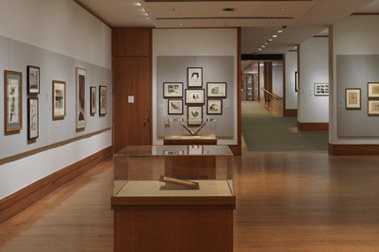Darktown Sports -- Winning Easy: I know'd I'd send him in de air!
Publisher Currier & Ives American
Not on view
The late nineteenth-century Darktown prints by Currier & Ives depict racist stereotypes that are offensive and disturbing. The Metropolitan Museum of Art preserves such works to shed light on their historical context and to enable the study and evaluation of racism.
This print depicts caricatured Black (African American) men at a rural racetrack. At center, a cyclist (wearing yellow pants, a blue/white striped shirt, and red/white striped sock-shoes) on a high-wheeled bicycle is ahead of a jockey in a sulky pulled by a mule, which is rearing up on its hind legs. Spectators stand behind a railing at the left, and they appear outraged and dismayed by how the race is going; one man in the back of the group stands on the railing and shakes his right fist. At the far right, the crowd behind the railing seem to be cheering (although they could be upset, too). On the turf at right, the judge (wearing a brown coat) is open-mouthed as he stands with his arms upraised (his right hand holding his black top hat). The image has rounded corners. The title and caption are imprinted in the bottom margin.
Nathaniel Currier (1813–1888), whose successful New York-based lithography firm began in 1835, produced thousands of prints in various sizes that together create a vivid panorama of mid-to-late nineteenth century American life and its history. People eagerly acquired such lithographs featuring picturesque scenery, rural and city views, ships, railroads, portraits, hunting and fishing scenes, domestic life and numerous other subjects, as an inexpensive way to decorate their homes or business establishments. As the firm expanded, Nathaniel included his younger brother Charles in the business. In 1857, James Merritt Ives (1824–1895), the firm's accountant since 1852 and Charles's brother-in-law, was made a business partner. Subsequently renamed Currier & Ives, the firm continued via their successors until 1907.

